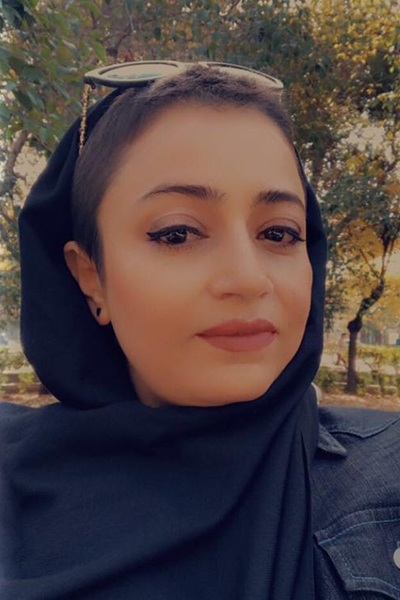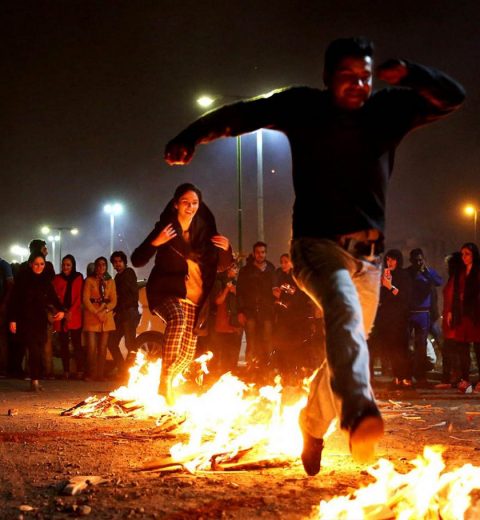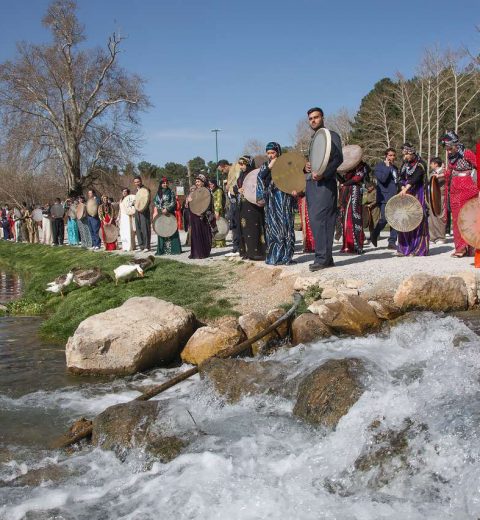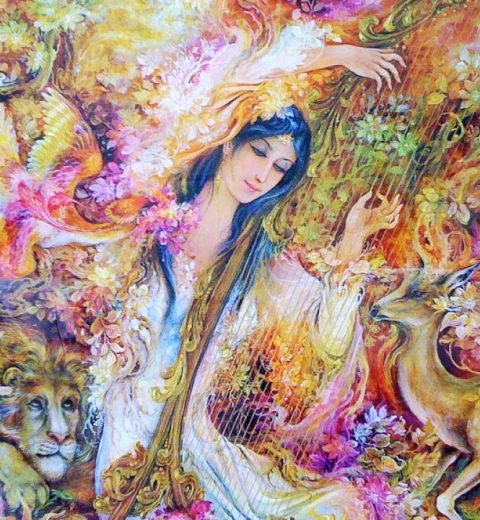The Badrouzi Festival or “Kajin” was held in ancient Iran in honor of the Avestan “Akhshij” Bad (wind) or “Vata” and its guardian Izad (god), who was considered one of the greatest Iranian deities in the “Zarwani” beliefs, annually on Bahman 22 (February 11). Other names for this feast are “Badra” or “Bazoreh.
Background of Badrouzi Festival
In the calendar of ancient Iran, each day of the month had a different name, which was derived from the names of the gods of Zoroastrianism. Each of these gods is the guardian of one of the forces in nature, myths, and ideals. The wind was one of the four Akhshij (four elements) and Varjavand (holy) and purifier. Twelve days of each month are called the twelve months of the year, and whenever the day of the month became one with the name of the day, the Iranians celebrated that day. The twenty-second day of each month belonged to the Avestan name “Wat” and in modern Persian “Bad” and its guardian Izad had the same name. On this day, the Badrouzi festival, Kajin, Badbareh, Bazoreh was held in praise of the wind and its guardian Izad of the same name. The Badrouzi festival was accompanied by a public market, in which strings of seven-colored yarn were embraced by the wind. Probably blowing the arrow and the wind in Tirgan, which is done on windy days, is also a memorial of this celebration.
Iranologists have two doubts about the timing of this celebration. The first group believes that this celebration has been held in Badruz since January, and within a week of its holding, it included the last “Digan” celebration. The second group believes that the celebration of Badruz has been held in Badruz since February.
Badrouzi in historical artificiants
Abu Rihan al-Biruni says about the Badrouzi festival (or Badruz) that in Gomes (present-day Qom) and nearby towns and villages, “Badruz” was accompanied by joy, dancing, and the departure of caravans of joy. Also in the special market of this celebration, tools of joy were available. In Espadana (Isfahan), this day was called “Kajin” and it was celebrated for a week like big celebrations.
Kushiar Gilani in “Zij Jame” has mentioned the celebration of Badruz called “Baz Vareh”. Shahmardan Ibn Abi Al-Khair mentions this celebration called “Badbhziad” in “Rawdah Al-Munjamin”. In Moin Dictionary, written by Dr. Mohammad Moin, a professor at the University of Tehran, this celebration is called “Badbareh”. In Katozian Dictionary, the writing of the late Mohammad Ali Tehrani is recorded as “Badbareh”.
There is a legend about this celebration in “Borhan Qate”: “It is said that the wind did not blow in Persia for seven years, on this day a shepherd came to Kasra* and said: “Last night there was some wind that shook the wool on the sheep’s back” So they cheered and rejoiced during the day.”
*Kasra is the Arabic word for Khosrow, and in the past, the Arabs called all the kings of Iran Khosrow or Kasra. It is not written in the stories of Badruz celebration which king of Iran is meant. One can only think that one of the ancient kings is before the Sassanid period.





